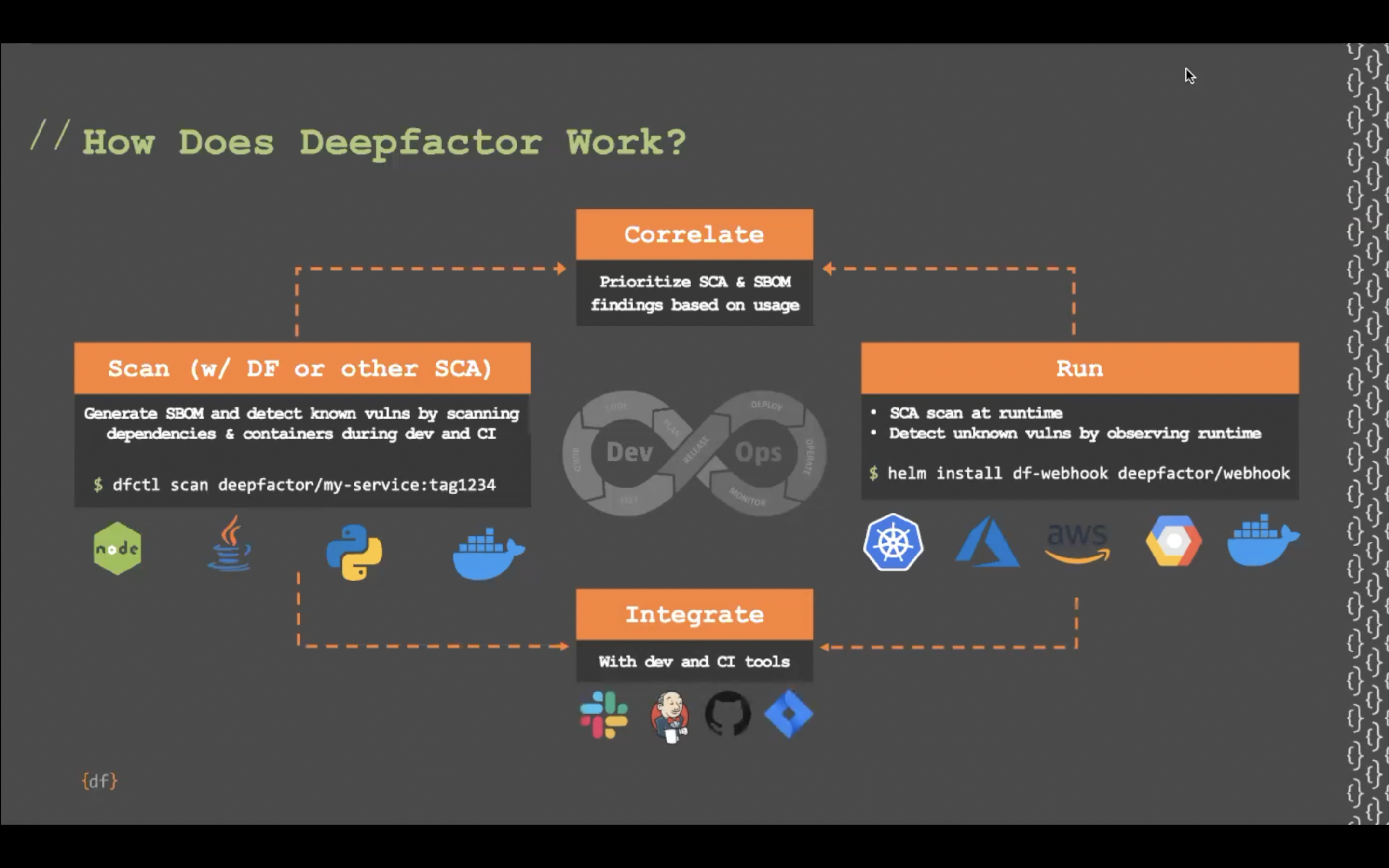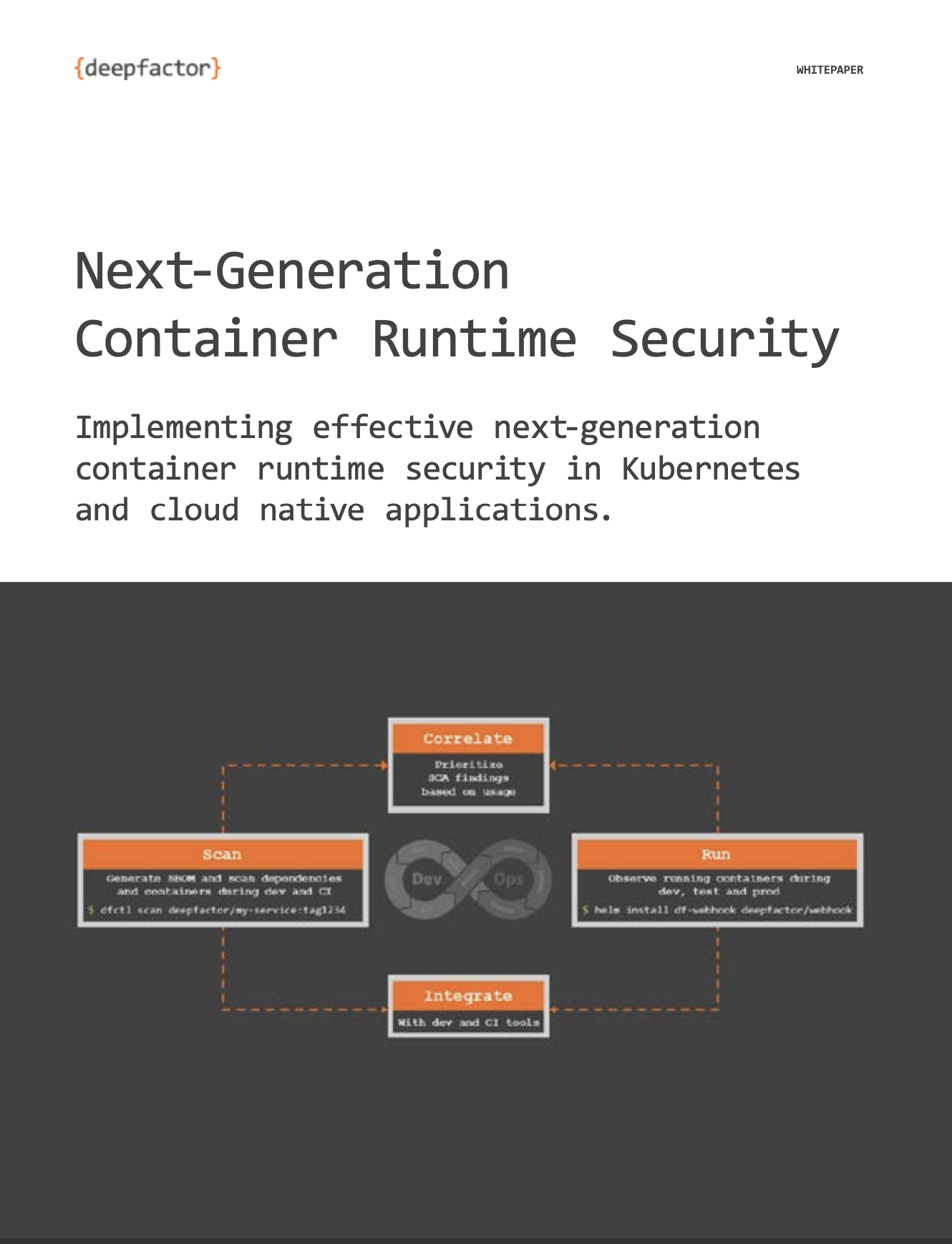What is Runtime Environment (RTE)?
Runtime Environment (RTE) is a comprehensive ecosystem of software and hardware components that provide the necessary infrastructure for executing applications. It encompasses everything required to run a program, from the operating system and runtime libraries to the hardware configuration and network settings. The RTE serves as the operational context for applications, ensuring all dependencies and necessary services are available for proper functionality.
Importance of RTEs in modern software development
RTEs play a crucial role in modern software development by ensuring applications run consistently across different environments. They provide essential support for executing applications, managing resources, and maintaining security, allowing developers to focus on coding rather than underlying infrastructure concerns. By offering a standardized environment, RTEs reduce the complexity involved in deploying and maintaining applications, thus enhancing efficiency and reliability in the software development lifecycle.
Types of Runtime Environments
Virtual Machines (VMs)
Virtual machines emulate physical computers, providing a virtualized environment for running applications. They include their own operating system and virtual hardware, allowing multiple VMs to run on a single physical machine, each isolated from the others. VMs are beneficial for legacy applications that require specific OS configurations and for testing purposes where multiple isolated environments are necessary.
Containers
Containers package an application and its dependencies into a single, lightweight unit that can run consistently across different computing environments. They share the host operating system’s kernel but maintain isolated user spaces, ensuring that applications run the same regardless of where they are deployed. Containers are highly portable and efficient, making them ideal for modern microservices architectures and continuous integration/continuous deployment (CI/CD) pipelines.
Serverless Functions
Serverless functions allow developers to execute code in response to events without managing the underlying infrastructure. These functions are hosted by cloud providers and scale automatically, ensuring that resources are only used when the code is running. This model is particularly useful for applications with variable workloads, as it eliminates the need for provisioning and maintaining servers.
Microservices
Microservices architecture involves breaking down applications into smaller, independent services that can be developed, deployed, and scaled individually. Each microservice runs in its own runtime environment, communicating with others through APIs. This approach enhances flexibility and scalability, allowing teams to deploy and scale different parts of an application independently, thus speeding up development and improving resilience.
Components of a Runtime Environment
Operating System
The operating system manages the hardware resources of a computer and provides services for running applications. It is a fundamental component of any runtime environment, handling tasks such as process management, memory management, and I/O operations.
Runtime Libraries
Runtime libraries provide pre-written code that applications can use to perform common tasks. They are essential for simplifying development and ensuring consistent behavior across different environments. These libraries include functions for input/output, string manipulation, data handling, and more.
Frameworks
Frameworks offer a structured environment for developing applications. They include libraries, tools, and best practices that streamline development and ensure applications adhere to certain standards. Examples include the .NET Framework, Spring Framework, and Django.
Applications
Applications are the end-user software that runs within the runtime environment. They rely on the operating system, runtime libraries, and frameworks to function correctly. Applications can range from simple command-line tools to complex, multi-tiered web applications.
Middleware
Middleware provides additional services for applications, such as communication, input/output, and data management. It acts as a bridge between the operating system and applications, enabling more complex functionalities. Examples of middleware include web servers, database management systems, and message brokers.
Configuration Files
Configuration files store settings and parameters for the runtime environment and applications. They allow for customization and fine-tuning without changing the underlying code. These files can include environment variables, database connection strings, and other configuration settings that affect application behavior.
Features of a Runtime Environment
Resource Allocation and Management
RTEs manage the allocation of hardware resources, such as CPU, memory, and storage, ensuring that applications have the necessary resources to run efficiently. They handle the distribution and optimization of these resources to maintain performance and stability.
Memory Management
Memory management involves allocating and deallocating memory as needed by applications, preventing memory leaks and optimizing performance. This feature is critical for ensuring that applications run smoothly and efficiently without consuming excessive resources.
Process Isolation and Security
RTEs isolate processes to prevent them from interfering with each other and ensure that applications run securely, protecting sensitive data and resources. This isolation is crucial for maintaining the security and stability of applications, especially in multi-tenant environments.
Performance Optimization
RTEs include features for optimizing application performance, such as load balancing, caching, and efficient resource management. These optimizations help ensure that applications can handle high loads and perform well under varying conditions.
Scalability and Availability
RTEs support scalability and high availability, ensuring that applications can handle increased loads and remain accessible even in case of failures. This feature is particularly important for applications that need to maintain uptime and performance during peak usage periods.
Benefits of Runtime Environment
Portability
RTEs ensure that applications can run consistently across different environments, making it easier to move applications between development, testing, and production. This portability reduces the risk of environment-specific issues and simplifies deployment processes.
Efficiency
RTEs optimize resource usage, ensuring that applications run efficiently and make the best use of available hardware. This efficiency helps reduce operational costs and improve overall system performance.
Flexibility
RTEs provide a flexible environment for running different types of applications, supporting various programming languages and frameworks. This flexibility allows organizations to choose the best tools and technologies for their specific needs.
Isolation and Security
RTEs isolate applications from each other, enhancing security and preventing one application’s issues from affecting others. This isolation is essential for maintaining the integrity and security of applications, especially in shared environments.
Resource Optimization
RTEs manage resources effectively, ensuring that applications have the necessary resources to run while minimizing waste. This resource optimization helps improve system performance and reduce operational costs.
Challenges in Managing Runtime Environments
Resource Allocation and Optimization
Ensuring that applications have the right amount of resources without over- or under-provisioning can be challenging. Proper resource management is essential for maintaining performance and avoiding resource contention.
Configuration Management
Managing configuration files and ensuring consistency across different environments can be complex, especially in large-scale deployments. Consistent and accurate configuration management is critical for application stability and performance.
Security and Compliance
Maintaining security and compliance with industry regulations requires continuous monitoring and updating of the runtime environment. Security threats are constantly evolving, making it necessary to implement robust security measures and stay up-to-date with best practices.
Compatibility and Dependency Management
Ensuring that applications and their dependencies are compatible and up-to-date can be difficult, especially when dealing with multiple environments and versions. Effective dependency management is crucial for preventing compatibility issues and ensuring smooth application operation.
Best Practices in Managing Runtime Environments
Use Standardized Environments
Using standardized environments ensures consistency across different stages of development, from testing to production. Standardization helps reduce environment-specific issues and simplifies deployment processes.
Automate Deployment and Configuration
Automation tools can streamline the deployment and configuration process, reducing errors and saving time. Automation ensures that environments are set up consistently and accurately, improving reliability and efficiency.
Monitor Performance and Resource Usage
Continuous monitoring of performance and resource usage helps identify and resolve issues quickly, ensuring optimal application performance. Monitoring tools provide valuable insights into system behavior and resource utilization.
Continuously Test and Validate
Regular testing and validation help ensure that applications and their runtime environments are functioning correctly and securely. Continuous testing practices, such as those promoted by DevSecOps, help detect and address issues early in the development process.
Ensure Security and Compliance
Implementing strong security measures and regularly auditing the runtime environment helps maintain security and compliance with industry standards. Security best practices include regular updates, vulnerability scanning, and adherence to regulatory requirements. Additionally, adopting a container runtime security approach that enables the detection of insecure behaviors across various facets like file operations, network communications, process execution, and memory usage can help detect and mitigate real-time attacks, identify and remediate vulnerabilities before deployment, meeting compliance requirements, and reduce noise from software composition analysis (SCA) tools.
Conclusion
Runtime Environments are essential for ensuring that applications run consistently and efficiently across different computing environments. They provide the necessary support for executing applications, managing resources, and maintaining security, allowing developers to focus on creating innovative software solutions. As software development continues to evolve, the importance of robust and efficient RTEs will only grow. Advances in virtualization, containerization, and serverless technologies will further enhance the capabilities and benefits of RTEs, making them a critical component of modern software development. By adopting best practices and leveraging advanced tools, organizations can optimize their runtime environments, improve application performance, and ensure security and compliance in an increasingly complex digital landscape. The future of RTEs lies in their ability to adapt to emerging technologies and development paradigms, continuing to play a crucial role in driving innovation and efficiency in the software industry.
FAQs
What is a Runtime Environment?
A Runtime Environment (RTE) is a collection of software and hardware components that provide the necessary infrastructure for executing applications, including the operating system, runtime libraries, and frameworks.
What are the components of a Runtime Environment?
The components of an RTE include the operating system, runtime libraries, frameworks, applications, middleware, and configuration files.
What are the benefits of using a Runtime Environment?
Benefits include portability, efficiency, flexibility, isolation and security, and resource optimization.
What are some common challenges in managing Runtime Environments?
Common challenges include resource allocation and optimization, configuration management, security and compliance, and compatibility and dependency management.


